Extractor for bathroom and toilet
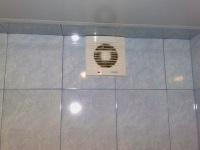
Bathroom - a place with constantly high humidity, most often without windows. To prevent mold and mildew on the walls, deterioration of interior items requires quality ventilation, which removes excess moisture outside the house.
Types of ventilation
Ventilation in the bathroom Can be natural or forced. The advantages and disadvantages of these types of ventilation are discussed below.
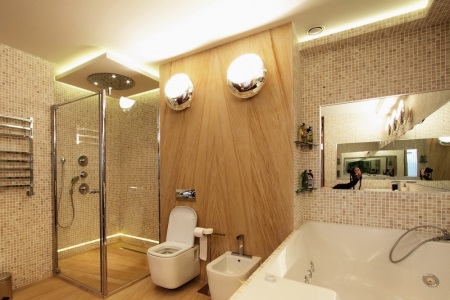
Natural
In old Soviet houses and modern buildings of economy class, as a rule, natural ventilation is used. Air flow in it occurs due to temperature difference between inside and outside air. Additionally, a deflector may be installed at the outlet of the ventilation duct. Deflector increases the draft in the ventilation system in windy weather due to the Bernoulli effect.
Such a system is cheap, easy to install, requires almost no maintenance, for operation does not require electricity. At the same time, we should note the disadvantages of natural ventilation - it does not work well in hot weather (no temperature drop) and, in addition, it is very sensitive to the cleanliness of ventilation ducts.
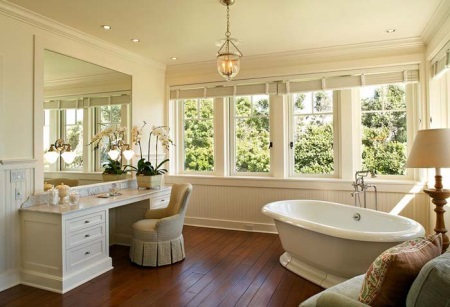
Forced ventilation
Forced ventilation is carried out with the help of fans or other mechanical devices. It is independent of the weather conditions and can, with the right choice of fans, provide any necessary mode of ventilation. The main disadvantage of forced ventilation is that it requires electric power and it is necessary to lay wires to each fan.
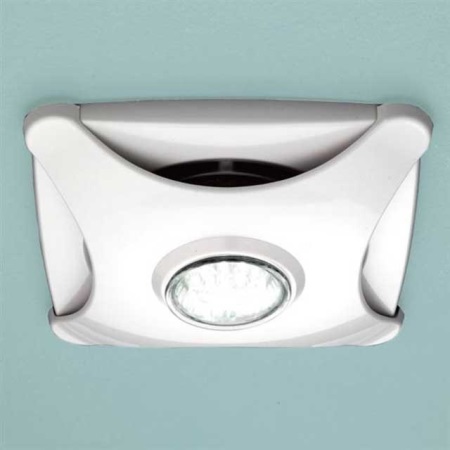
Forced ventilation system is advisable to do if not coped natural or plans to install a steam generator, electric sauna.
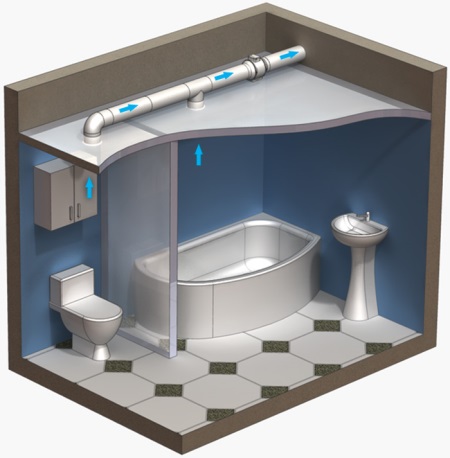
Diagnosis of the ventilation system
To make a simple diagnosis of the ventilation system you will need a candle. Hold a burning candle to the vent. If there is air flow - the flame will deflect, indicating its direction. If there is no ventilation, the flame will remain vertical.
Often the ventilation does not work badly because of clogged ducts, but because of insufficient fresh air flow. For example, this problem occurs in older homes when replacing wooden windows with plastic ones. To avoid this - choose windows with special ventilators.
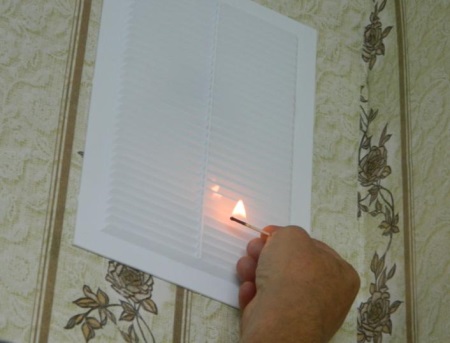
How to choose a new ventilator
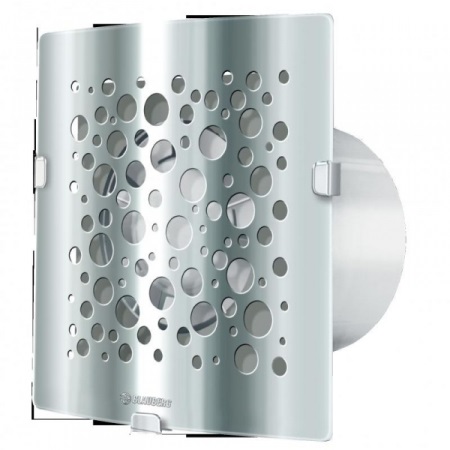
In bathrooms, usually install small axial fans for bathroom and toilet capacity 60-250 m3/ hour.
If the hood is installed in an existing ventilation duct, then pay attention to the shape of its shape and size of the duct. A properly sized hood must fit completely into the ventilation duct. Only a decorative grille remains outside, whose shape and size can be matched to the bathroom interior.
Safety
The hood, like any electrical equipment for the bathroom, must have a moisture-proof housing that prevents water from getting onto the electrical parts. The standard designation of the degree of protection of the appliance is the IP code. The code consists of the letters IP and two numbers. The first digit indicates the degree of protection against access by foreign objects, the second - the degree of moisture protection.
For the bathroom, it is recommended to take devices with a degree of protection IP45 or higher. Such devices are protected against water jets.
Performance
The bathroom requires 6-8 times the air circulation rate. ПThe capacity of the extractor you choose must be at least six times the volume of your bathroom.
Example: The size of your bathroom is 2x2 x 2.5 m and the volume is 10 m.3. You need an extractor hood with a capacity of at least 60 m3/ hour.
Noise level
In a small bathroom you can hear the noise of a fan. Noise over 35 decibels can irritate the human psyche. Therefore, give preference to low-noise models.
The noisiness of the fan depends on the shape of its blades and their rotation speed. If there is a choice - take a large diameter fan with a small rotational speed. With the same performance it will be less noisy than a small and fast one.
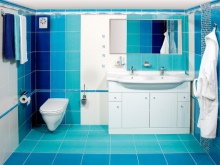

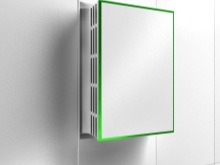
When installing do not forget to treat with silicone sealant Do not forget to seal all joints with silicone when installing the fan to avoid vibration and rattling.
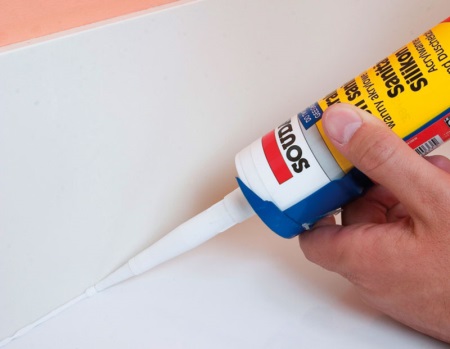
Functionality
Modern models of fans are equipped with various additional devices that make their use more comfortable and economical:
- Non-return valve - prevents the inflow of air from ventilation ducts into the room even when the fan is not running. Necessary if the ventilation duct is shared by several rooms.
- Humidity sensor - detects the presence of excess vapor in the air and allows the ventilator to run only when necessary.
- Motion sensor - switches the hood and lights on when people are in the room.
- Timer - allows the hood to run for a period of time after the switch has been turned off.
- Noise muffler - a device that is installed in front of the fan and reduces the noise from the fan.
Extractor hood for bathrooms and toilets
In private homes
In a private home, you need to design the ventilation already at the construction stage, laying in advance the ventilation ducts and ducts under the electrical wiring. If the bathroom is small and is used by 1 or 2 people, you can get along with natural ventilation. In other cases you should install an extractor fan.
When planning the ventilation, remember:
- supply ducts must be at the bottom of the room, exhaust ducts at the top of the room;
- it is best to install the exhaust on the wall opposite the door;
- the inner surface of the ducts should be as smooth as possible;
- ventilation ducts should be made as straight as possible, or with smooth curves;
- there must be separate air ducts for rooms located on different floors.
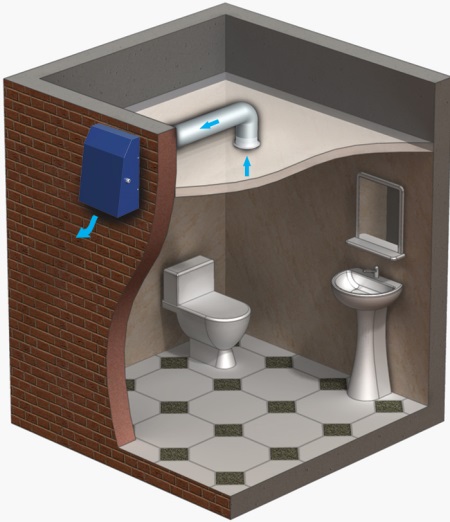
In wooden houses
In a wooden house excessive moisture not only spoils the appearance but can also damage the supporting structures. Therefore, additional ventilation in places with high humidity (bathroom, toilet, kitchen) is definitely needed.
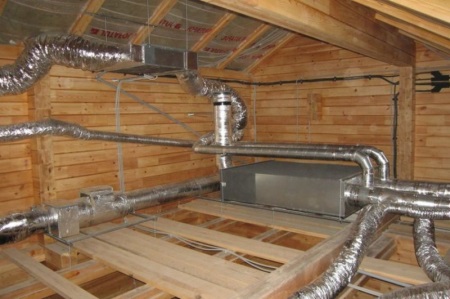
Prices
Prices for hoods depend on their performance, noise level, housing material and availability of additional options. The cheapest models cost from 500 rubles. The price of expensive models can go up to 5-6 thousand rubles.
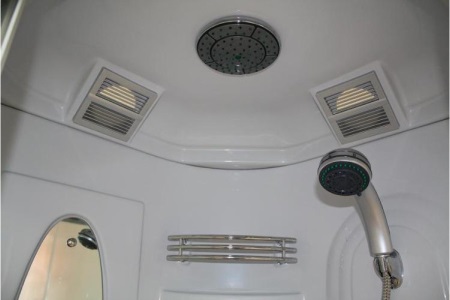
If you order the installation of the master, you will have to pay another 2-3 thousand rubles, depending on the complexity of the work.
Installation with your own hands - stages of work
To install the hood, it is necessary in advance (before finishing) to lay channels in the walls for wiring. Doing in the bathroom open wiring is not allowed.
The hood can be equipped with a separate switch or turned on simultaneously with the light. There are models that are activated by a humidity or motion sensor. Consider a wiring diagram in advance and arrange the wiring accordingly.
When wiring the hood, remember that the switch should be set to phase, not to zero. If you are unsure, contact a professional electrician.
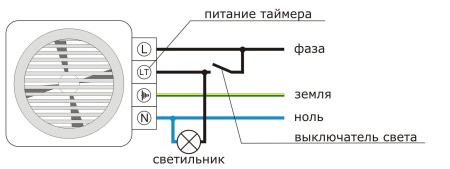
The installation of the hood itself is quite simple. In apartment buildings, it is usually inserted into the existing ventilation hole. Fastening to the wall is carried out with self-tapping screws. No additional work is required.
If the hood is installed after laying tiles, then in order not to drill the tiles, you can glue the hood with silicone sealant. To do this, you need to drop silicone on the corners of the hood (next to the holes for the screws) and insert it in the right place. If the excess silicone leaked out, you should cut them off with a sharp knife after curing.





I have a 4 sq. m. bathroom. I need an extractor hood with a minimum capacity of 65 m3 per hour. The ceilings are 2.7 m. at me. Thanks for the information.